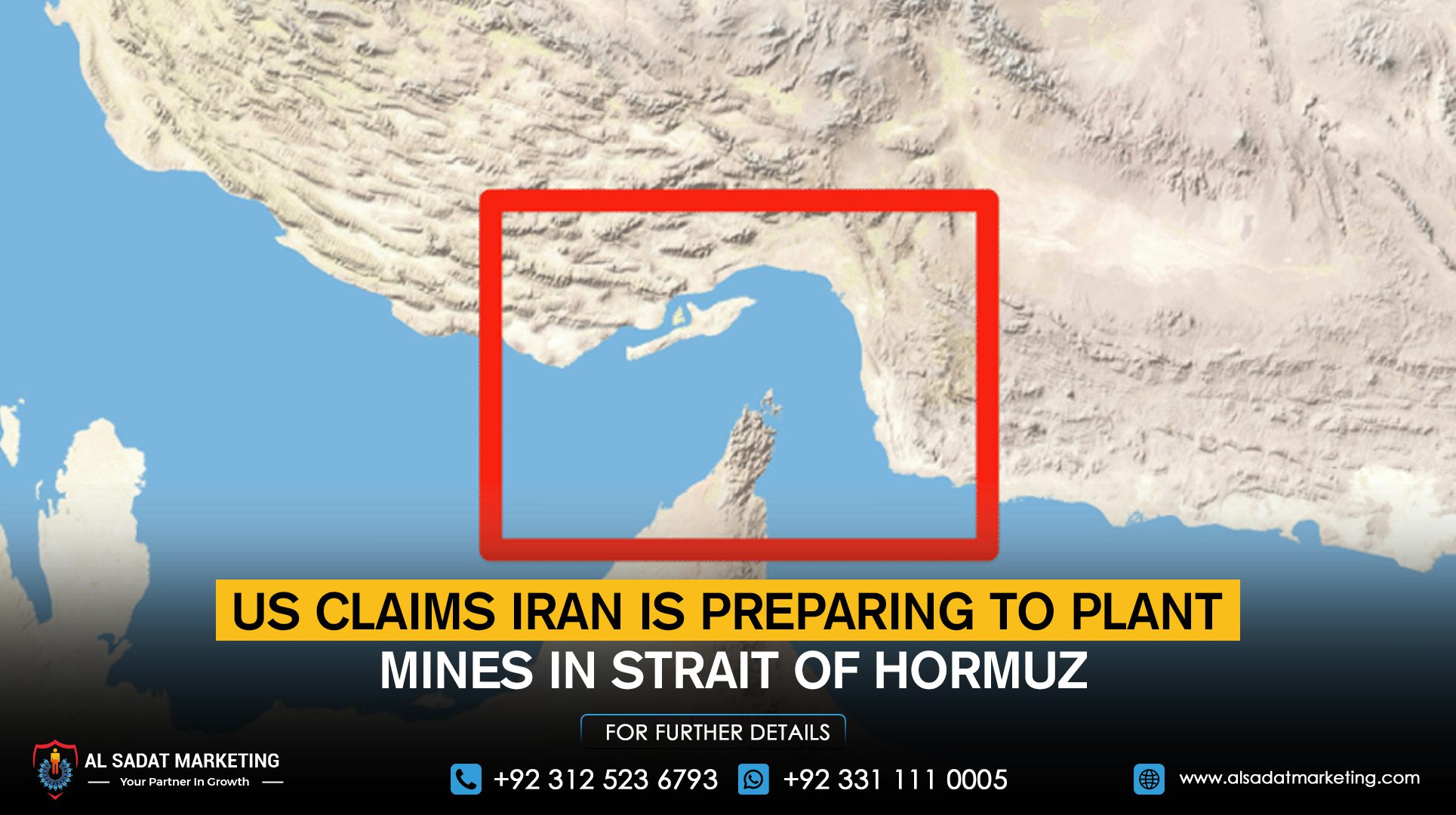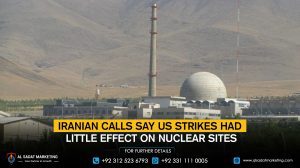According to two U.S. officials, the Iranian military placed naval mines on ships in the Persian Gulf last month, escalating Washington’s fears that Tehran was preparing to shut the Strait of Hormuz in response to Israeli strikes on locations throughout Iran.
The sources, who asked to remain anonymous to discuss sensitive intelligence topics, said the previously undisclosed preparations were discovered by U.S. intelligence some time after Israel launched its first missile attack against Iran on June 13.
Tehran may have been serious about shutting down one of the busiest shipping lanes in the world, as evidenced by the loading of the mines, which have not yet been placed in the strait. This action would have greatly hampered international trade and intensified an already escalating war.
The Strait of Hormuz is used for around one-fifth of the world’s gas and oil supplies, thus a blockage would have probably caused global energy prices to rise.
Instead, since the U.S. raids on Iran’s nuclear facilities, benchmark oil prices have dropped more than 10% globally, partly due to relief that the battle did not cause major disruptions in the oil trade.
Iran’s parliament reportedly supported a plan to block the strait on June 22, just after the United States struck three of Iran’s most important nuclear installations in an attempt to destroy Tehran’s nuclear program.
According to Iran’s Press TV at the time, the Supreme National Security Council of Iran had the ultimate say over the shutdown, and that decision was not legally binding.
Iran has made threats to seal the Strait throughout the years, but they have never come to fruition.
The exact moment Tehran loaded the explosives, which, if deployed, would have effectively prevented ships from passing through the vital highway during the Israel-Iran air battle, was unknown to Reuters.
Furthermore, it’s uncertain if the mines have been unloaded since then.
How the US discovered that the mines had been placed on the Iranian ships was not revealed by the sources, although this kind of information is usually obtained by satellite imaging, covert human sources, or a mix of the two.
When asked about Iran’s preparations, a White House official responded, “The Strait of Hormuz remains open, freedom of navigation has been restored, and Iran has been significantly weakened thanks to the President’s brilliant execution of Operation Midnight Hammer, successful campaign against the Houthis, and maximum pressure campaign.”
A request for comment was not immediately answered by the Pentagon. Requests for comment from the Iranian mission at the UN were likewise not answered.
Important research
The U.S. government has not ruled out the idea that loading the mines was a deception, according to the two officials. According to officials, the Iranians did not want to close the strait, but they could have set up the mines to show Washington that Tehran was serious about doing so.
Additionally, Iran’s military might have been merely preparing for the possibility that Iran’s leaders would issue the order.
The Persian Gulf, the Gulf of Oman to the south, and the Arabian Sea beyond are connected by the Strait of Hormuz, which separates Oman and Iran.
The shipping lane is only 2 miles broad in each direction, and it is 21 miles (34 km) wide at its narrowest point.
The majority of the crude produced by OPEC members Saudi Arabia, the United Arab Emirates, Kuwait, and Iraq, is exported through the strait, primarily to Asia. Nearly all of the liquefied natural gas (LNG) exported by Qatar, one of the largest LNG exporters in the world, passes via the strait.
The waterway is also used by Iran to export the majority of its crude, which theoretically reduces Tehran’s desire to close the strait. Tehran has, however, committed substantial resources to ensuring that it may do so if it so chooses.
In 2019, the U.S. Defense Intelligence Agency reported that Iran has about 5,000 naval mines that could be quickly set off with the use of tiny, fast boats.
Protecting regional trade is the responsibility of the Bahrain-based U.S. Fifth Fleet. Traditionally, Bahrain has been home to four mine countermeasure vessels, or MCM vessels, but the U.S. Navy is replacing those ships with a different class of vessel known as a littoral combat ship, or LCS, which also has anti-mine capabilities.
In the days preceding the U.S. strikes on Iran, all anti-mine ships had been temporarily evacuated from Bahrain in preparation for a possible counterattack on Fifth Fleet headquarters.
Iran’s initial response was ultimately restricted to a missile strike against a U.S. military installation in neighboring Qatar.
However, U.S. officials have not ruled out Iran taking additional retaliatory action.










